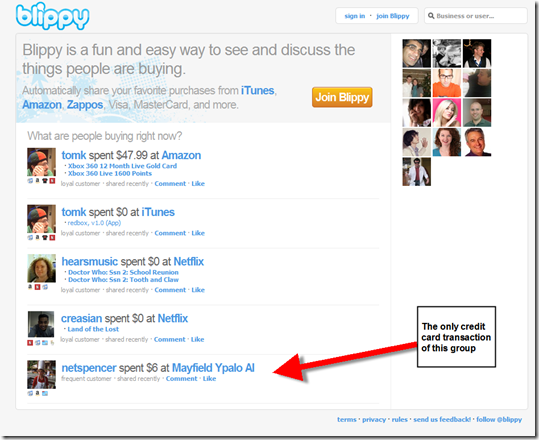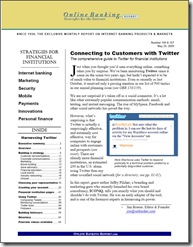 Last Tuesday, we published our first full report on how financial institutions can leverage Facebook for marketing, delivery and customer service. Then a day later, Facebook changed the rules for brand pages, forcing a redesign to the new "timeline" format (see third screenshot below for example; note 1).
Last Tuesday, we published our first full report on how financial institutions can leverage Facebook for marketing, delivery and customer service. Then a day later, Facebook changed the rules for brand pages, forcing a redesign to the new "timeline" format (see third screenshot below for example; note 1).
It is largely a cosmetic change, akin to swapping out the window coverings in a branch. But it’s still annoying that the Internet giant only allowed 30 days to make the change. Obviously, the company still doesn’t know (or more likely care) how long it takes to revise marketing materials in the real world.
While the timeline change doesn’t materially impact the tactics we looked at, it does illustrate a downside of developing on the Facebook platform (note 2):
- Facebook sets all the rules and you must adapt to them
- Facebook evolves faster than most brand marketing strategies, so it takes a commitment to keep up with the changes (this can be outsourced of course)
- Facebook is so popular, and has so many ways to grow revenues, it’s not likely to listen business customers’ feedback (yet)
While those drawbacks may temper your investment for now, it doesn’t change the fact that you MUST pay attention to Facebook.
Why?
Whether you like or not, your bank is already on Facebook. Virtually every business entity of any size has a placeholder page on the social network (see the Fifth Third Bank placeholder below). These pages are closed, no wall posts, and generally pulled from Wikipedia company descriptions. So, they are relatively innocuous and are better than having users instead land on a random "yourbank sucks" page.
However, do you want customers or potential customers, evaluating you based on the intro to your Wikipedia page? And while there are very few (zero?) users searching inside Facebook for a bank, prospects will stumble on to your Facebook page from Google searches (see Astera CU search below).
___________________________________________________________
Bottom line
___________________________________________________________
While it’s not going to make a dent in your non-interest income shortfall, a few days spent sprucing up your Facebook page is a cost of running a consumer business in 2012 (see post-Timeline page at Oregon Employees CU below).
Larger investments are harder to justify (obviously). Consumers are not clamoring for "more bank" in their social networks. But based on the history of other media, consumers will put up with plenty of advertising noise as long as there is something in it for them.
We believe that eventually most banks will have at least a semi-sophisticated presence in Facebook (think website circa 2000). But given that the platform is still relatively unstable, there is no huge rush to go beyond the content basics.
————
Facebook placeholder for Fifth Third Bank (link)
Note: Surprisingly, 3,400 fans
Google search results for "Astera Credit Union"
Note: Astera’s "unmanned" placeholder Facebook page is the sixth link on Google organic search results. LinkedIn is second.
Oregon Employees FCU has the first FI "timeline" page I’ve seen (link)
Note: Like activity is even more prominent than the old format
Notes:
1. There are many resources available for brands looking for timeline tips for example here, here, and here.
2. Those of you with apps in Apple’s iOS store face similar ever-changing platform requirements. However, there is usually more lead time to make changes.
3. Picture credit: Connect Media Blog














































